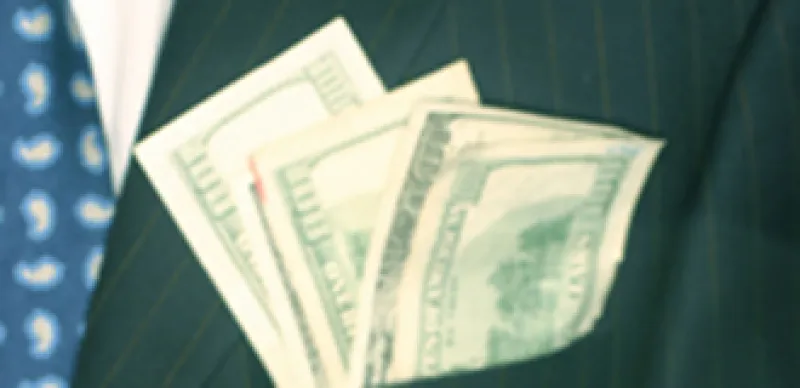Just two years ago, Aleris International was slipping into bankruptcy amid the headwinds of a deep economic recession and a Justice Department lawsuit that said 15 of the manufacturing plants used by the aluminum products company in Beachwood, Ohio violated the Clean Air Act.
Yet Aleris had no trouble tapping the credit markets in February so that its private equity owners — who announced just last September that they would acquire the company out of bankruptcy — could pay themselves a $300 million dividend and raise $200 million in debt for general purposes. The new owners include Leon Black’s Apollo Management, Oaktree Capital Management and Sankaty Advisers, the fixed income shop associated with Bain Capital.
This bounty was facilitated by the fact that Aleris — previously owned by private equity shop TPG Capital — expunged about $2.7 billion in debt in bankruptcy.
It’s the latest sign that the dividend recap deal — an artifact of the last credit bubble — has returned. Wireless signaling company TowerCo, medical imaging company CareStream Health, systems engineer Scitor Corp. and oil and gas fabricator Spitzer Industries are among other recent examples of this classic private equity play, in which a company borrows money to pay a special one-time dividend to shareholders.
“The fact is that dividend recaps are back in a big way. The economy may be recovering slowly, but the credit markets are all the way back,” says Gregg Stein, a leveraged finance analyst at Standard & Poor’s. There were $50 billion worth of such deals in 2010, close the levels of 2006 and 2007, according to Stein. That’s way up from a total of $12 billion for 2008 and 2009 combined.
It’s an easy way for private equity firms to realize a return on their investment. And investors are tempted by the yields, which currently are about 6 percent but can drift up to the 7 or 8 percent range. While yields are much lower than they were a year or two ago, they are still much better than what can be found in the Treasury or investment grade market.
Yet there are plenty of risks investors dabbling at this end of the credit spectrum. And there are some risks for the private equity companies, too. About 13 percent of the 2006 and 2007 vintage dividend recap deals have defaulted already, according to Stein. That means they are defaulting sooner and in greater numbers than other kinds of speculative debt. About 10 percent of speculative issuers default, usually after four years from the time of issue.
Stein says that investors should not take comfort in the fact that only a few of the dividend recap deals result in a downgrade. That mostly reflects the fact that analysts have baked a recap into the original rating of the private equity held company.
“In each case,” he warns,” there is increased financial risk — an increase in debt without any increase in cash flow.”






